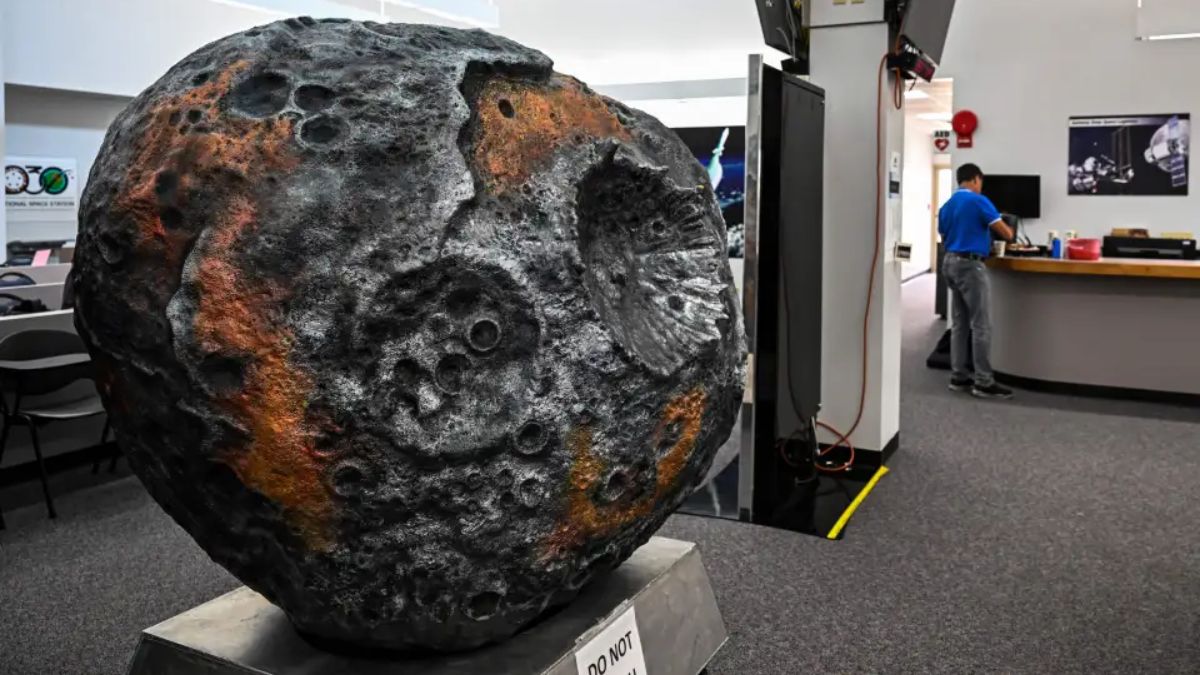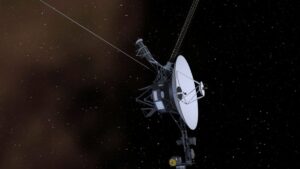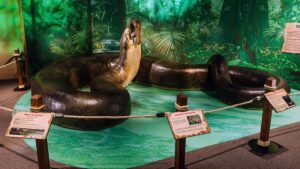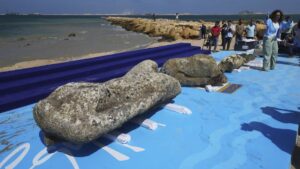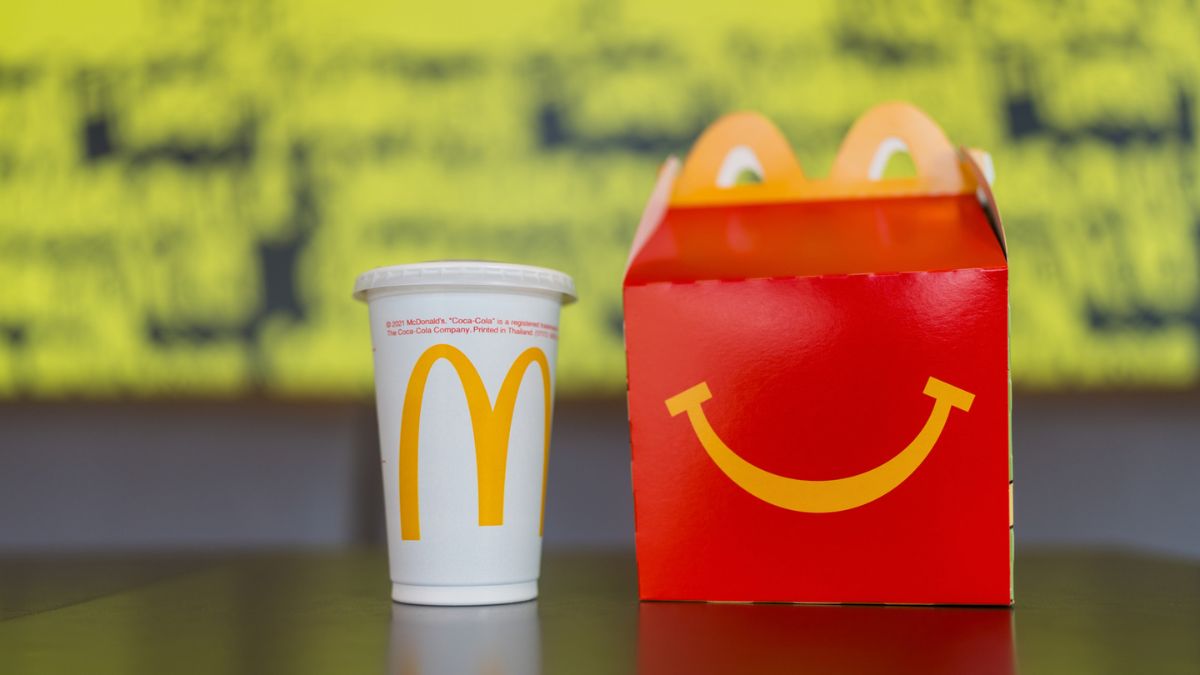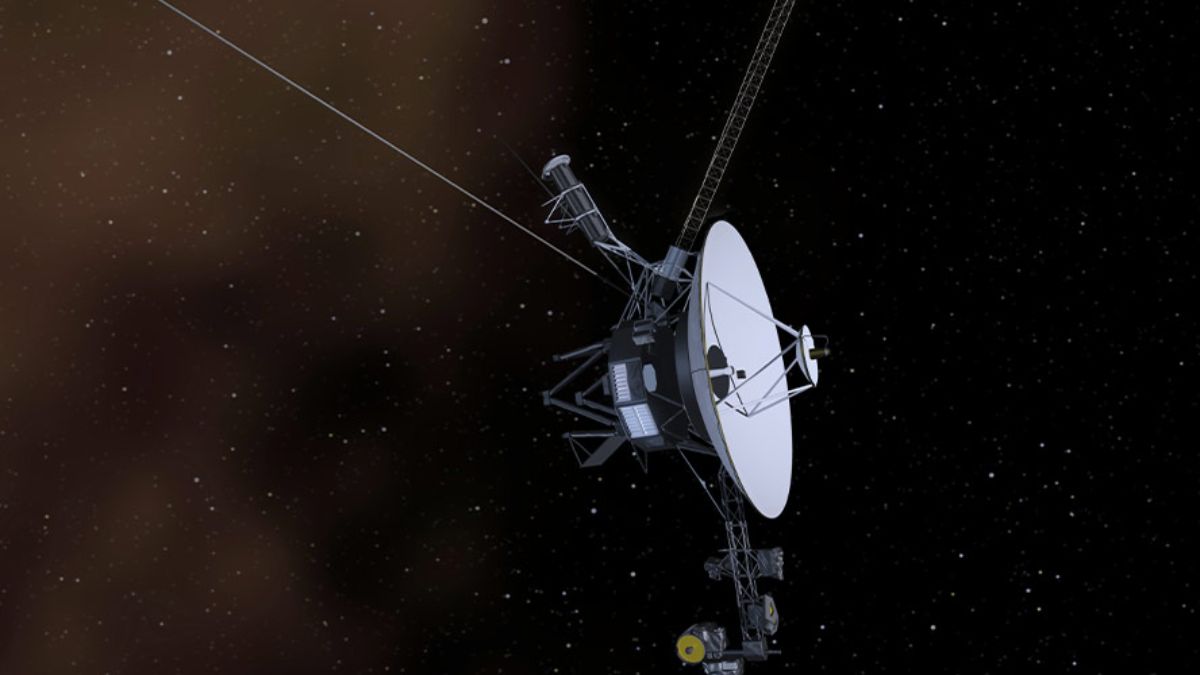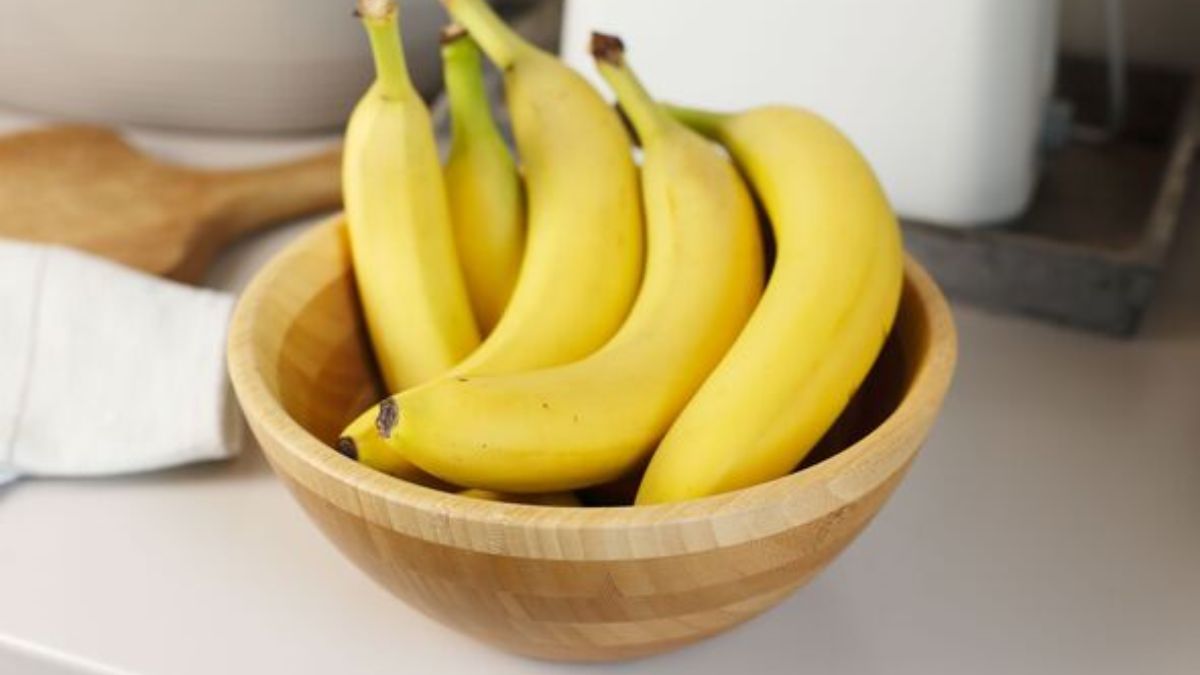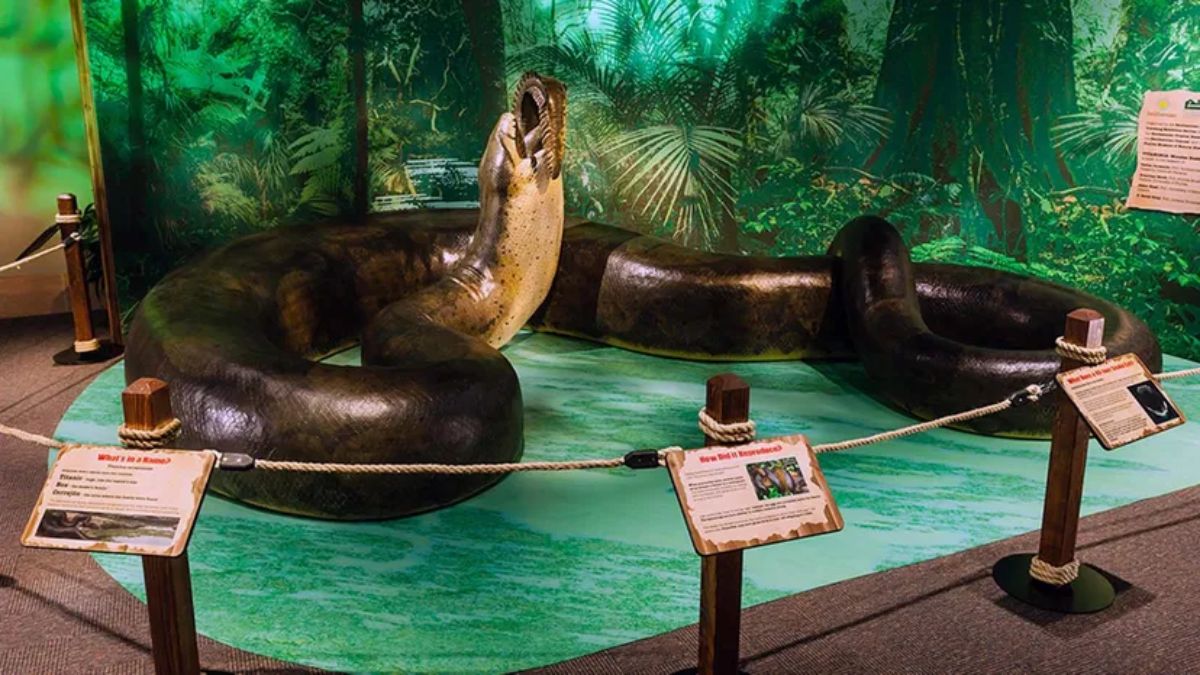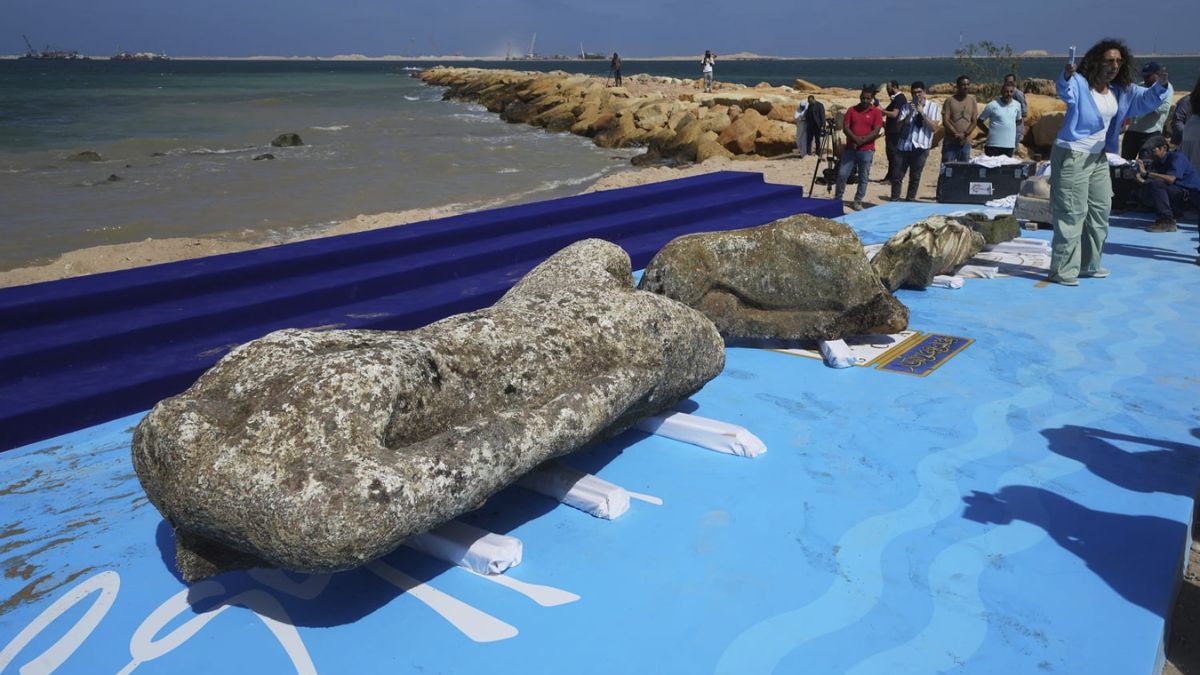Imagine finding a cosmic treasure chest floating in space—one so valuable it could, in theory, make every person on Earth a billionaire. Sounds like science fiction, right? But that idea edges closer to reality as NASA sets its sights on 16 Psyche, a metal-rich asteroid orbiting between Mars and Jupiter. This isn’t just another rock in space—it could be one of the most valuable objects ever discovered.
Table of Contents
NASA’s mission to Psyche isn’t about mining it (yet), but about uncovering the asteroid’s secrets, which might reshape everything we know about the origins of planets—and maybe even the future of space-based economies.
Psyche
Discovered in the 1800s, 16 Psyche has recently become a headline grabber. Why? Because experts estimate that this asteroid could be worth as much as $700 quintillion. That’s a number with 18 zeroes—and more than the entire global economy by many, many times over.
What makes Psyche special is what it’s made of. Unlike rocky asteroids, Psyche appears to be mostly metallic—packed with iron, nickel, and possibly gold. Some scientists believe it could be the exposed core of an early planet that lost its outer layers through massive collisions.
Value
Let’s break down that mind-blowing number. Psyche’s estimated value comes from the enormous quantities of metal it contains:
- Iron and nickel form the bulk of the asteroid’s mass.
- Gold and other rare metals could be there in quantities unimaginable on Earth.
But here’s the catch: even if we could mine all that metal and bring it to Earth, it wouldn’t make everyone rich. Flooding global markets with trillions of dollars’ worth of metals would crash prices, destroy industries, and cause economic chaos.
So while it’s fun to dream of cosmic riches, the reality is more complex. It’s not just about finding wealth—it’s about how we manage it.
Mission
NASA launched its Psyche spacecraft in October 2023, and it’s expected to reach the asteroid in 2029. But this isn’t a mining operation—it’s a research mission.
The goal is to:
- Map the asteroid’s surface and structure
- Analyze its composition
- Understand if it’s a remnant planetary core
- Gather data to improve models of planetary formation
This kind of science is crucial. If Psyche really is the core of a lost planet, it can teach us how Earth and other planets formed billions of years ago.
Mining
Now, what about mining in space? It’s not just a sci-fi dream anymore. Space agencies and private companies alike are eyeing asteroids as future sources of metals like platinum, cobalt, and gold.
One asteroid, 2011 UW158, is thought to carry $5.4 trillion in platinum. Just one mission could extract more metal than Earth’s total yearly output. That would be a game changer—but it also raises huge questions:
- How do we mine in zero gravity?
- Who owns the resources in space?
- How do we transport metals back to Earth?
No one has all the answers yet. But Psyche could be the first step toward figuring them out.
Threat
Asteroids aren’t just valuable—they can also be dangerous. Some scientists believe that asteroid impacts brought key ingredients for life to Earth. Others remind us that the same kind of impact wiped out the dinosaurs.
That’s why NASA also focuses on planetary defense. In 2022, the DART mission successfully redirected an asteroid, proving we have the tech to avoid disaster—at least in theory.
Studying Psyche helps in this area too. By understanding what asteroids are made of, we can better plan how to protect Earth if one ever heads our way.
Discovery
Beyond mining or defense, Psyche could answer some of our deepest cosmic questions. If it really is a stripped planetary core, we’ll learn what happens when a planet’s surface is torn away. That would give us insights into Earth’s own structure and early solar system history.
And while we can’t mine Psyche today, understanding its makeup could pave the way for future missions that do. Who knows? The blueprint for space mining might come from this mission.
Reflection
For me, the most fascinating part of this isn’t the money—it’s the human ambition. That we can even dream of exploring an asteroid 370 million kilometers away, and build the technology to get there, is already a win.
It shows our curiosity hasn’t faded. We’re still looking to the stars, wondering what secrets they hold. And sometimes, those secrets might just include billion-dollar rocks.
If you’re excited about space exploration, keep an eye on the Psyche mission. It’s more than a science project—it’s a glimpse into the future of humanity’s role in the universe.
FAQs
What is 16 Psyche made of?
Mainly iron, nickel, and possibly gold.
How much is 16 Psyche worth?
Estimates suggest around $700 quintillion.
Is NASA going to mine the asteroid?
No, the mission is only to study its structure.
When will NASA reach 16 Psyche?
The spacecraft is set to arrive in 2029.
Why study asteroids like Psyche?
To learn about planet formation and space resources.

